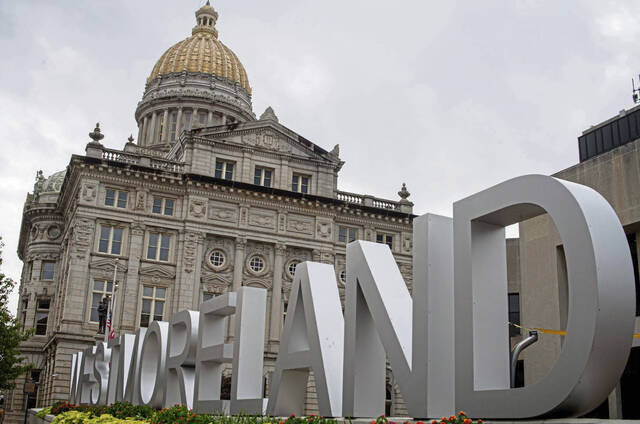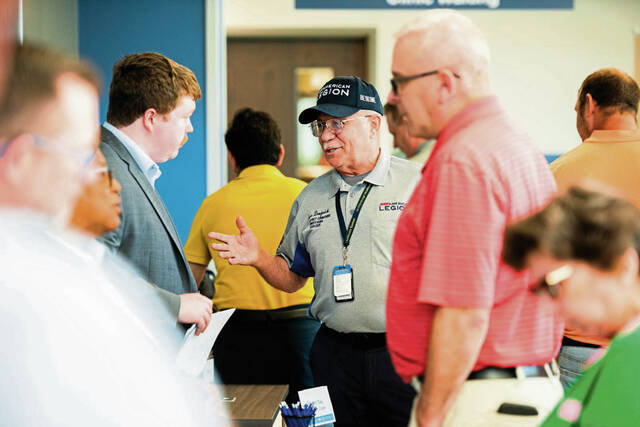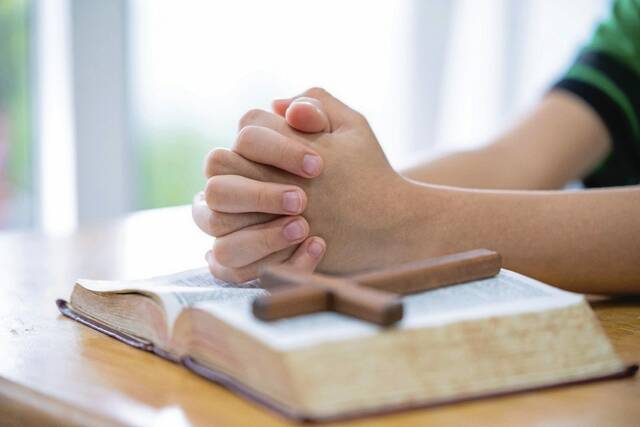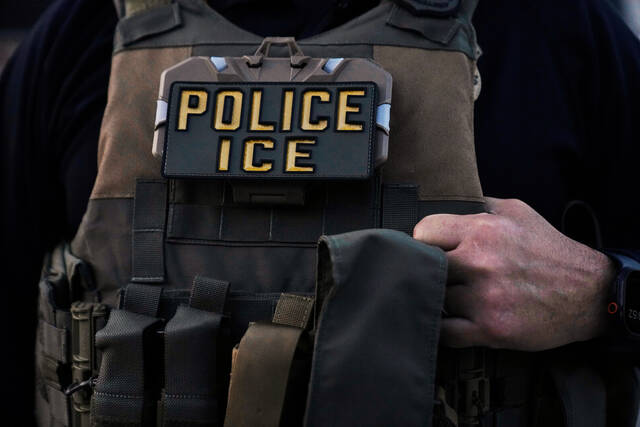When the first nuclear bomb test took place 80 years ago, the scientists who gathered to observe the explosion in the New Mexico desert recognized they were playing with fire.
Physicist Enrico Fermi tried to break the tension by taking bets on whether the bomb would ignite the atmosphere and destroy the world. J. Robert Oppenheimer wagered $10 the bomb wouldn’t work at all, and Edward Teller conspicuously applied sunscreen in the predawn darkness, offering to pass it around.
The bomb exploded in a fireball hotter than the surface of the sun, producing far more destructive power than the scientists anticipated. Within weeks, the U.S. nuked the Japanese cities of Hiroshima and Nagasaki, hastening the end of World War II while killing more than 200,000 civilians.
The bomb hasn’t been used since, apart from test blasts, and after the Cold War ended in 1991, the risk of nuclear war mercifully declined. Now the risk is back on the rise, as an alarming new nuclear age dawns.
These days, the politics of nuclear arms have become more complicated and unpredictable. Nine nations are said to possess the weapons, including the rogue state of North Korea, and others could build them. Most people have forgotten that South Africa once developed a bomb but gave up its program voluntarily. Iraq and Libya also had active nuclear-weapon programs that were stopped under intense international pressure.
At the moment, the focus is on Iran’s nuclear program, which the U.S. bombed on June 22, alongside Israel.
Iran may conclude that it needs a nuclear capability for self-defense, to deter future attacks. The same could be said for other states threatened by nuclear-armed rivals. Consider Ukraine, which voluntarily gave up the nuclear arms based on its soil after the fall of the Soviet Union. Would Russia’s 2022 invasion have occurred against a Ukraine bristling with doomsday weapons? Doubtful.
Defense spending is soaring across the globe, and, with it, faster and deadlier weapons are likely to be deployed. At the same time, treaties restricting nuclear arms are in decline.
It’s time for the targets of these terrible weapons — us, that is — to rise up and say, “No!”
The 1980s witnessed mass demonstrations demanding a nuclear freeze. Today, the threat of nuclear war is beginning to enter the public consciousness again.
The movie “Oppenheimer” about the Trinity bomb test 80 years ago was a box-office hit. The 2024 book, “Nuclear War: A Scenario,” became a bestseller. Star movie director James Cameron has committed to making “Ghosts of Hiroshima,” a Japan-set movie said to be a nightmarish look at the A-bomb blasts.
During the Cold War, pop culture helped persuade everyday people to stand against the march toward Armageddon, and here’s hoping it can do so again.
For 80 years, the world has lived with the threat of nuclear destruction. Let’s act now to curb it, before it’s too late.
— Chicago Tribune








